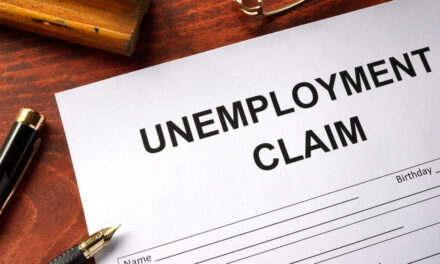There’s no doubt the COVID-19 pandemic is wreaking havoc on the economy, and the number of borrowers requesting mortgage payment delays (also known as mortgage forbearance) surging is yet another sign of the financial pain being caused by this virus.
In an effort to reduce the economic hit many Americans are feeling right now, the Coronavirus Aid, Recovery and Economic Security, or CARES Act, implemented a government mortgage forbearance program that allows people to delay their government-backed mortgage payments for at least 90 days, according to CNBC.
The Mortgage Bankers Association released data Tuesday for March — and it wasn’t pretty. Mortgage forbearance requests soared 1,270% between March 2 and March 16. that number reached 1,896% for the weeks starting March 16 and ending on March 30. The data tracks 22.4 million loans serviced as of April 1, which is about 45% of first lien mortgage services.
The Mortgage Bankers Association data sample shows from March 2 to April 1, loans in forbearance grew to 2.66% from only 0.25%.
Ginnie Mae, which provides FHA and VA loans, had the highest volume of loans in forbearance at 4.25%. Ginnie Mae loans are typically provided to people with lower credit scores and have lower down payments.
The requests are hammering call centers across the country and creating a bottleneck for those seeking aid. Caller requests totaled 218,718 for the week of March 23 to March 29, and that number more than tripled the following week to 717,577 according to the Mortgage Bankers Association.
Is Mortgage Forbearance an Effective Economic Aid?
Mortgage forbearance offers consumers some relief in the moment of most dire economic stress. However, it is simply kicking the can down the road for people struggling to make ends meet by forcing them to pay back any delayed bills right after the grace period ends.
Banyan Hill Publishing’s Ted Bauman says how mortgage forbearance is handled during the COVID-19 outbreak could help or harm the economic rebound.
“As with everything in the COVID-19 stimulus efforts, the devil is in the details when it comes to mortgage forbearance,” said Bauman, an economist and editor of The Bauman Letter. “The ideal scenario would be one where missed mortgage payments are added to the capital balance of the loan, with a slight upward adjustment of the monthly loan payment. The worst scenario would be a requirement for rapid retirement of any arrears.
“That would simply extend the downward pressure on consumer demand that is the source of our economic problems.”
With this being an election year, Bauman sees both political parties trying to sway mortgage lenders “to adopt a light hand.”
And that may be the case as the industry is relying heavily on government funding.
“Given that the entire mortgage lending industry is being backstopped by government money and the Federal Reserve at the moment, Congress and the White House have a lot of leverage over them,” Bauman said.
It’s clear the coronavirus pandemic is hammering the U.S. economy in ways we haven’t even seen yet as the country grinds to a halt. And while more people will apply for mortgage forbearance in the near future, it is definitely creating a pain point for the economy average Americans.




